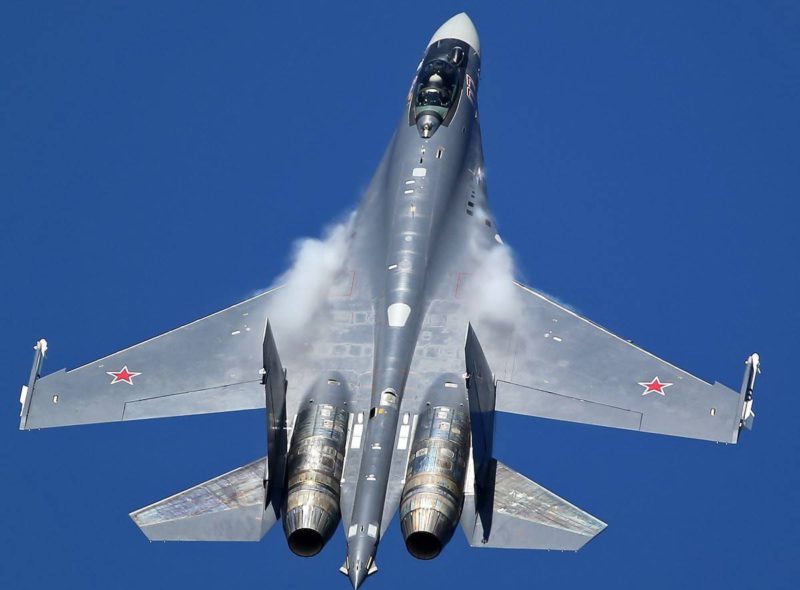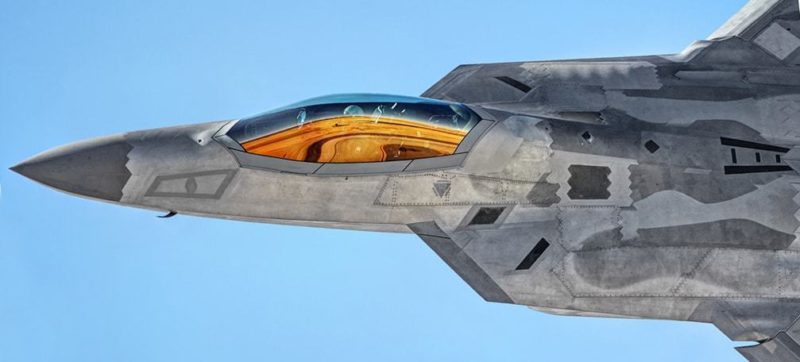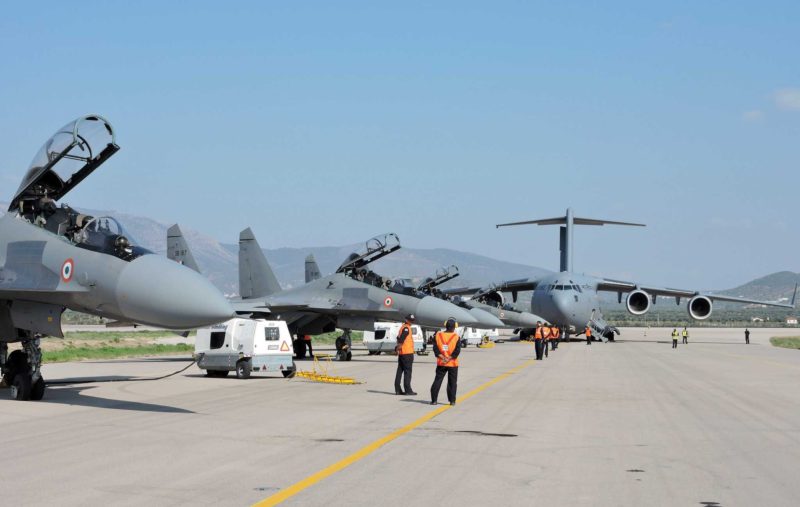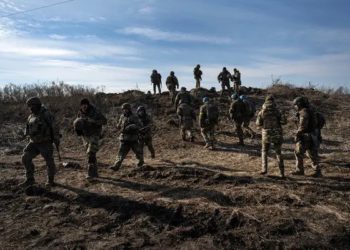Why the Chinese-Russian Deal on Su-35 is a Major Threat. Long after the signing a contract for the Su-30MK2 in 2003, People’s Republic of China finally signed another fighter deal with Russia that’s worth 2 billion USD. As speculated, the fighter signed by the Chinese is the 4++ Generation Sukhoi Su-35.

Su-35
Designed by the legendary Sukhoi Design Bureau, the original Su-35 was an improved Su-27 that never entered serial production, which is now known as the Su-27M. The current Su-35 was formerly designated as Su-35BM (Which means “Big Modernization”), equipped with Irbis-E X-band PESA radar, OLS-35 IRST, and Saturn 117S (AL-41F1S) afterburning 3D TVC turbofan with 86.3kN of dry thrust. The Su-35 is the pinnacle of the Flanker design that is almost 40 years old.
The Deal
Reports of Chinese interest in the Su-35 first surfaced in 2006, and again in 2008 at the Airshow China Expo, formal negotiations started in 2011 with confirmations from the Russians in 2012 Zhuhai Air Show. The 2 billion dollar deal was finally signed on 19th of November, 2015. With confirmations from Sergey Chemezov, the head of Rostec, stating
“The long negotiation on the Su-35 sale to China has been completed. We have signed a contract.”
It’s widely speculated the reason why the deal was dragged for 4 years is due to Russia’s fears of the possible reverse engineering from the Chinese of sensitive equipment on the Su-35. Which happened before back in the 1990s when the Chinese reverse engineered the airframe of the Su-27SK , equipping it with indigenous equipment and designated as the J-11B, which enraged the Russians and forced them to end the license production of the original Su-27SK only after 95 of the intended 200 airframes were produced.
Besides the fears from Russia, there were also reports Russia was not satisfied the Chinese only wanted to purchase 24 aircraft, which makes it almost not worth their time and points to the Chinese reverse engineering schemes. Nevertheless, the deal was still signed last year and the first airframe for the PLAAF is expected to roll out as early as 2016, with the last delivery in 2018.
The Impact
The purchase of Su-35 signified a major boost to the PLAAF, not only in terms of technology, but also in terms of power projection. With the Su-35 entering service in PLAAF, the Chinese will have the most advanced fighter in the South China Sea region, only second to the American F-22 based at Andersen AFB, Guam.

F-22 Raptors are deployed in Guam. File Image.
It is speculated that the Su-35 will serve as a deterrence to nearby countries that have land disputes with China, such as Vietnam, Philippines, and Japan. The Su-35 will also further destabilize the balance air power between China and Taiwan (Republic of China).
On the Western side, the Su-35 will finally give the PLAAF an edge over India, as the Su-35 is a single seat air-superiority fighter. It’s much lighter than the twin-seat Su-30MKI, Irbis-E PESA radar is also much more advanced than the N011M Bars PESA that is currently featured on the Su-30MKI, although this will change after the Su-30MKI started to receive the Super 30 upgrade which will replace the Bars with the sophisticated Zhuk-AE AESA radar.

India’s Su-30MKI with the C-17 Globemaster III in Greece. Image Credits: Torque Aviation
Given the advantage of being lighter and featuring more advanced avionics, the Su-35 will definitely outperform the heavier Su-30MKI in WVR combat (dog-fighting), but as the Su-30MKI has a WSO, it has an advantage in situational awareness and also better in BVR (beyond visual range) combat especially after the Super-30 upgrade.
The acquisition of the Su-35 will also give PLAAF a chance to look into, and possibly reverse engineer the sensitive equipment on the advanced fighter, notably its Irbis-E PESA, OLS-35 IRST, and most possibly the AL-41FS .
The Chinese are well known for their lack of experience and technology in turbofan engines. By giving them a chance to reverse engineer the AL-41FS this will give the Chinese a huge acceleration in the development of WS-10 turbofan, which is delayed and tested for years and still hasn’t accepted by the PLAAF. This also benefits the WS-15 which is still under development and slated to be the engine for their indigenous 5th gen J-20 fighter. As China’s military power is rising rapidly, along with the latest acquisition of Su-35, it will be no surprise that an arms race will accelerate in the South China Sea region.









